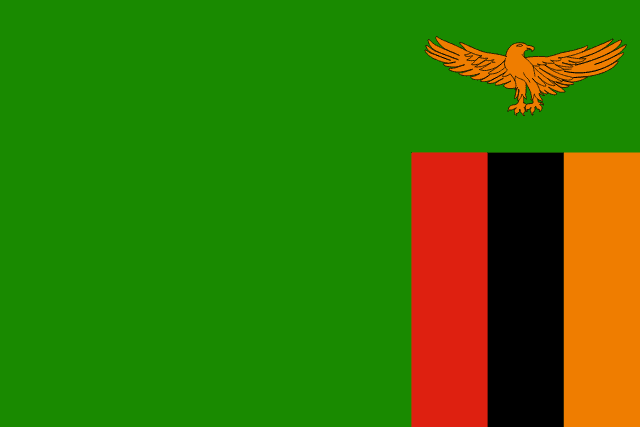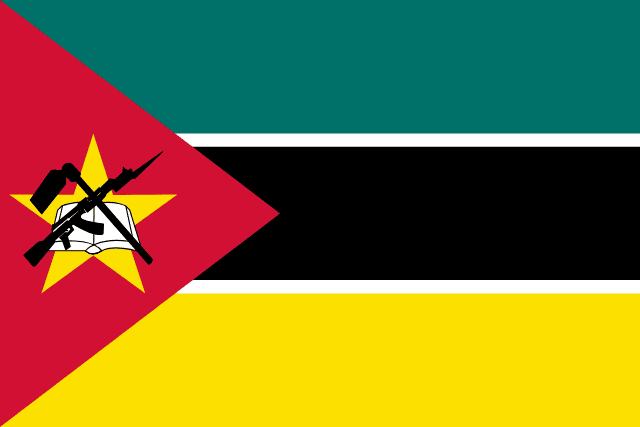Country Information
| Sovereign State | Yes |
| Country Codes | MW, MWI |
| Official Name | Republic of Malawi |
| Continent | Africa |
| Capital | Lilongwe |
| Government Type | Presidential republic |
| Currency | Malawian Kwacha (MWK) |
| Calling Code | +265 |
| Member Of | United Nations, African Union, Southern African Development Community, Commonwealth of Nations |
| Population | Approximately 19 million (as of 2023) |
| Total Area | About 118,484 square kilometers |
| Highest Point | Mount Mulanje (3,002 meters or 9,849 feet) |
| Lowest Point | Shire River at the Mozambique border (37 meters or 121 feet) |
| GDP Per Capita | Estimated $350 USD (as of 2023) |
| Life Expectancy | Around 64 years (as of 2023) |
| Internet TLD | .mw |
Malawi National Anthem
Mulungu dalitsa Malaŵi (God Bless Malawi)
O God bless our land of Malawi,
Keep it a land of peace.
Put down each and every enemy,
Hunger, disease, envy.
Flags of Neighboring Countries



History of the Malawi Flag
The flag of Malawi was officially adopted on July 6, 1964, following the country’s independence from British colonial rule. The design and colors of the flag are imbued with significant symbolism reflective of the nation’s values and history.
The original flag featured a rising sun on a black, red, and green tricolor, representing the dawn of freedom and hope in Africa. The black color symbolized the African people, red represented the blood of their struggle for independence, and green stood for the evergreen nature of Malawi.
In 2010, a new flag was adopted, controversially replacing the rising sun with a full sun in the center, signifying the progress Malawi had made since independence. However, this change was short-lived. In 2012, the original design was reinstated, with the rising sun once again taking its place on the flag. This reversal was a nod to the deep historical and cultural significance of the original emblem.
Throughout its history, the flag of Malawi has been a symbol of national pride and unity, representing the country’s journey from colonial rule to self-determination. It is a point of national pride and is displayed prominently in national events, celebrations, and public buildings. The flag’s evolution also reflects the dynamic nature of the country’s political and social landscape.

